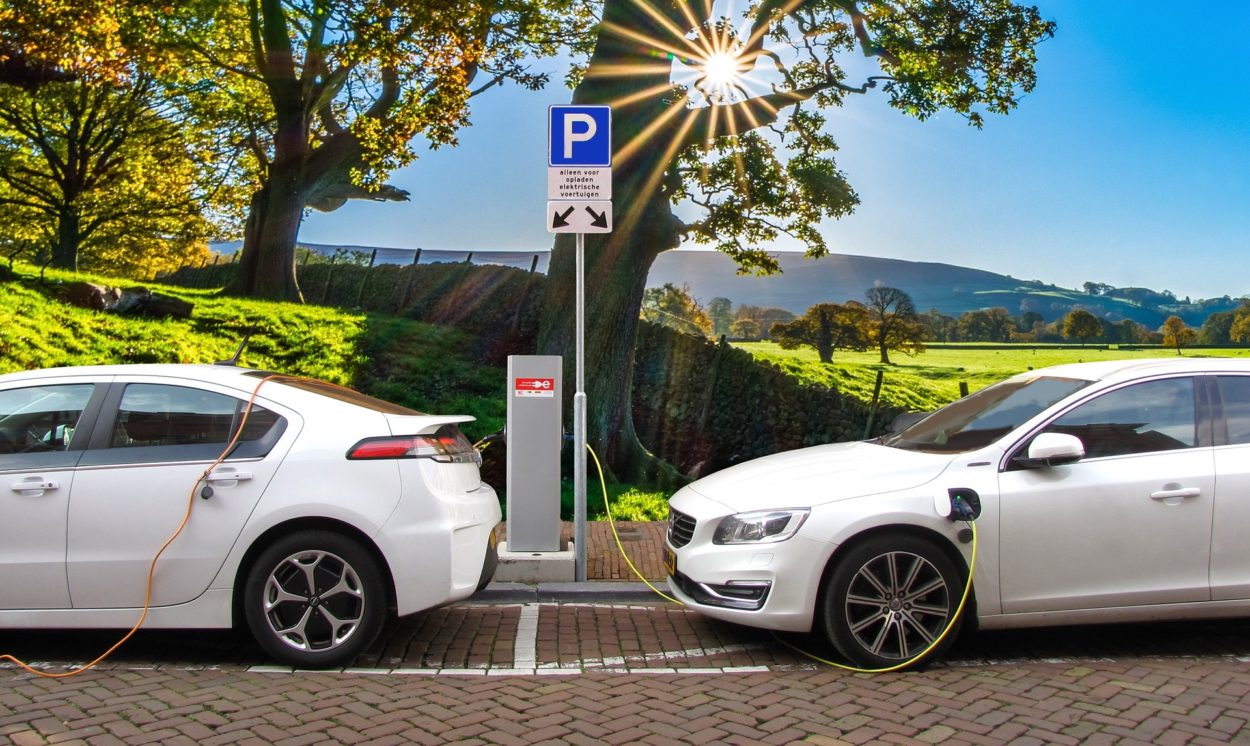
As consumers become more conscious of their environmental footprint, and look for ways to save money, more and more electric vehicles can be seen on the roads today stretching from coast to coast. At this point, most taxpayers know or have heard of an electric vehicle tax credit program, but what they may not know is that there are specific conditions and limitations that must be met, and that some vehicles have actually phased out of the program. So, before you consider an electric vehicle for your next purchase, make sure it qualifies.
Here’s a rundown of what you need to know about the electric vehicle tax credit, how it works, and what qualifies.
The new car or truck must:
· Have at least four wheels and gross vehicle weight of less than 14,000 pounds
· Draw energy from a battery with at least 4 kWh hours and recharged from an external source
· Purchased after 2010 and begun driving in the year claiming the credit
· Be primarily used in the U.S.
Two or three-wheeled vehicles purchased in 2012 or 2013 and used within that year may qualify under section 30D(g) if they draw from a battery with at least 25 kWh and charged from an external source.
The tax credit for an electric vehicle can range from $2,500 to $7,500 depending on the vehicle with higher credit amounts for specific battery capacities and vehicle sizes. For two or three-wheeled vehicles, the credit is 10% of the purchase price up to $2,500.
The non-refundable tax credit is filed on your federal tax return (for individuals on your 1040), and your liability determines how much credit you qualify for. The non-refundable caveat means that in order to receive the full $7,500 credit, your tax liability must be at least that much. If your liability is only $3,000, you’ll only receive $3,000. You won’t receive the difference in a refund check.
Unfortunately, the answer is no to both of those circumstances. The credit only applies to the new purchase and the person who actually owns it. Used vehicle purchases, even transfers to family members don’t qualify, and if you lease, the credit actually goes to the manufacturer
offering the lease. Some manufacturer dealers offer lower prices on leased electric vehicles as a result of the incentive, but are not forced to do so.
As sales of electric vehicles increase, the tax credit will phase out. Once a manufacturer reaches 200,000 qualified vehicles, the credit begins to phase out with a step-down process over the course of a year. No tax credits are available for Tesla vehicles sold after Dec. 31, 2019, as they hit their mark in July 2018, and no credits are available for GM vehicles after March 31, 2020, as they hit their mark as well. You can see a list of the vehicles available for credits at fueleconomy.gov.
Some states and regions do offer tax credits for electric vehicles and alternative-fuel vehicles, but these often apply to businesses. Individuals may receive incentives such as carpool lane access or free parking. Some states offer rebates for retail buyers. The U.S. Department of Energy offers a chart of state incentives.
For Californians, a $2,000 or $1,000 rebate is available depending on which type of electric car you purchase. Fully electric cards usually receive the higher rebate with hybrids on the lower end. Hydrogen fuel vehicles are eligible for a $4,500 rebate in California. These rebates are in addition to the federal tax credit and can reduce the out of pocket cost for a car by close to $10,000. You can learn more about California’s Clean Vehicle Rebate Project on their website.
For assistance with the electric vehicle tax credit and determining any extra state or local incentives, reach out to us.
Receive Free financial tips & Tax Alerts!
"*" indicates required fields
Businesses usually want to delay recognition of taxable income into future years and accelerate deductions into the current year. But when is it wise to do the opposite? And why…
Navigating the realm of capital gains and optimizing tax outcomes require strategic thinking and informed decision-making. Understanding and employing effective capital gains tax strategies is crucial for businesses contemplating asset…
If your business doesn’t already have a retirement plan, it might be a good time to take the plunge. Current retirement plan rules allow for significant tax-deductible contributions. For example,…